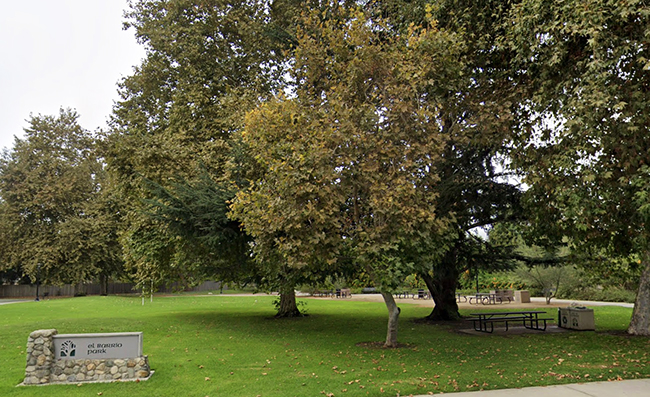Almanac: Growing up in the ‘town’ of Claremont
By Peter Weinberger
I consider myself quite lucky to be born and raised in Claremont. Now, as a parent, I still think it’s a great place to raise a family. But over the past 50-plus years much has changed and, somewhere along the way, the town of Claremont turned into a city.
During the 1960s and 1970s, Claremont went through a decades-long growth spurt that continued beyond my graduation from Claremont High School in 1974. Because we moved from south to north Claremont while I was in elementary school, I ended up attending Mountain View, Condit, Oakmont and Chaparral during my formative years. This included being part of the opening of Chaparral and La Puerta Intermediate School.
I can easily remember the first day at these brand-new schools, where large numbers of students had no clue where anything was located. Chaparral was considered far north in 1965, where a quick jaunt up to Base Line Road put you square in the middle of citrus groves in all directions.
Since we lived off of Padua Avenue north of Base Line, the citrus groves were a huge part of the landscape.
Fred Bentley, the owner of Bentley’s Market (now Rhino Records), was our neighbor to the south. The 10-acre parcel included citrus trees and a huge windmill, right next to our property. We always knew it was really cold at night when the loud motorized windmill fanned those trees.
Padua Avenue looked similar to how it looks today, except without the steady stream of cars speeding around from the large homes built north of Alamosa. Growing up, there were only a couple of streets with homes between us and Padua Hills, which is located two miles to our north. And the Wilderness Park was just wilderness—no parking problems there.
All the open space made it seem like we lived in the boonies, even though we really didn’t. But the acres and acres of citrus groves and untouched land in the foothills made Claremont a small town. It was rural. Watching the citrus groves literally disappear in front of my eyes over the next two decades changed all that, and is a major reason why I now consider Claremont a city.
In those days, the COURIER was on Harvard Avenue, right in the middle of town. Back then, the newspaper was considered one of the only sources of city information. There was no city website and no Facebook. People would often walk into the office with all sorts of questions. I can still hear my father Martin bellowing out advice or giving directions to customers (and staff) from his second-floor desk perched above the office in the back. We would also get a steady number of people who walked to our office to pay their bills. This was definitely “town” type stuff, and clearly doesn’t happen as often now.
The businesses in the Village were mostly family-owned establishments that included only a few restaurants. So when I went to the Village Grille, Walter’s or Yiannis, there were always people you knew. The good news is, that dynamic still exists today. There are just a few more restaurants to choose from.
The current version of the city just has more of everything. And that’s not a bad thing. There’s never been more to do and to see in Claremont. There are more events and definitely more to eat! Claremont has more to offer than ever.
Luckily, Claremont has no shortage of people who care about the city. Many of these residents I knew growing up are still here. It’s common to meet people on a regular basis who say, “I remember when you were little,” or “I knew your mom and dad when…”
It’s clear the city of Claremont continues to adapt with the times. So whether its a town or city, village or downtown, one thing is certain…change will always be a part of our lives.








0 Comments